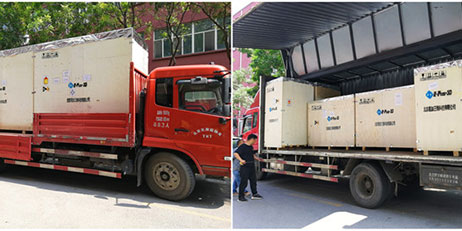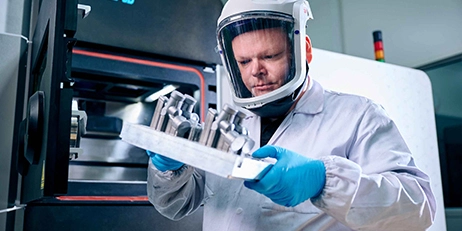What is accuracy?
In short, accuracy is the closeness of the parts actually produced to match the original design size and form, which is a measure. Since 3D printers rely on multiple moving parts, this process will never produce a 100% accurate part (neither any other manufacturing process will). Accuracy is generally expressed in units of percentage or millimeters, such as ±1% or ±0.5 mm.

The accuracy of different 3D printing technologies
Different 3D printing technologies have different accuracy.
SLA, DLP
Photopolymerization printing technologies such as SLA and DLP use light sources such as lasers or projectors to cure photosensitive resins. The accuracy is about ±0.1 mm. The accuracy of a professional resin 3D printer is about ±0.01 mm.

SLS
Selective laser sintering, which uses a laser to sinter powder particles, usually nylon powder. The accuracy is about ±0.3 mm.

SLM
Metal powder fusion processes such as SLM use lasers to melt or sinter metal powder particles with an accuracy of about ± 0.1 mm.
The factors affecting dimensional accuracy
The type of 3D printing technology is not the only factor that determines the accuracy of 3D printing. Materials, part design and printing parameters also have an impact on accuracy.
Part design: Even the best 3D printers can hardly accurately 3D print poorly designed parts. For example, the area is too large, the length is too long, and there is no support.
Materials: Some materials are easier to print than others, so they are more conducive to manufacturing precise parts. Non-standard materials (such as flexible PLA, alloys containing precious metals) often sacrifice printability in exchange for their unique advantages.
Printing parameters: The user can customize the printing parameters according to the setting range of the printer, such as layer height, printing speed, filling material, etc. These parameters will have a certain impact on accuracy. For example, the faster of the printing speed, the lower of the accuracy.
In summary, in order to increase the dimensional accuracy of 3D printed parts, please try these tips:
1. Choose the correct printing technology as different technology has different accuracy;
2. Make sure the design is optimized;
3. Choose standard materials that are less susceptible to be wrapped;
4. Choose suitable printing parameters.


























